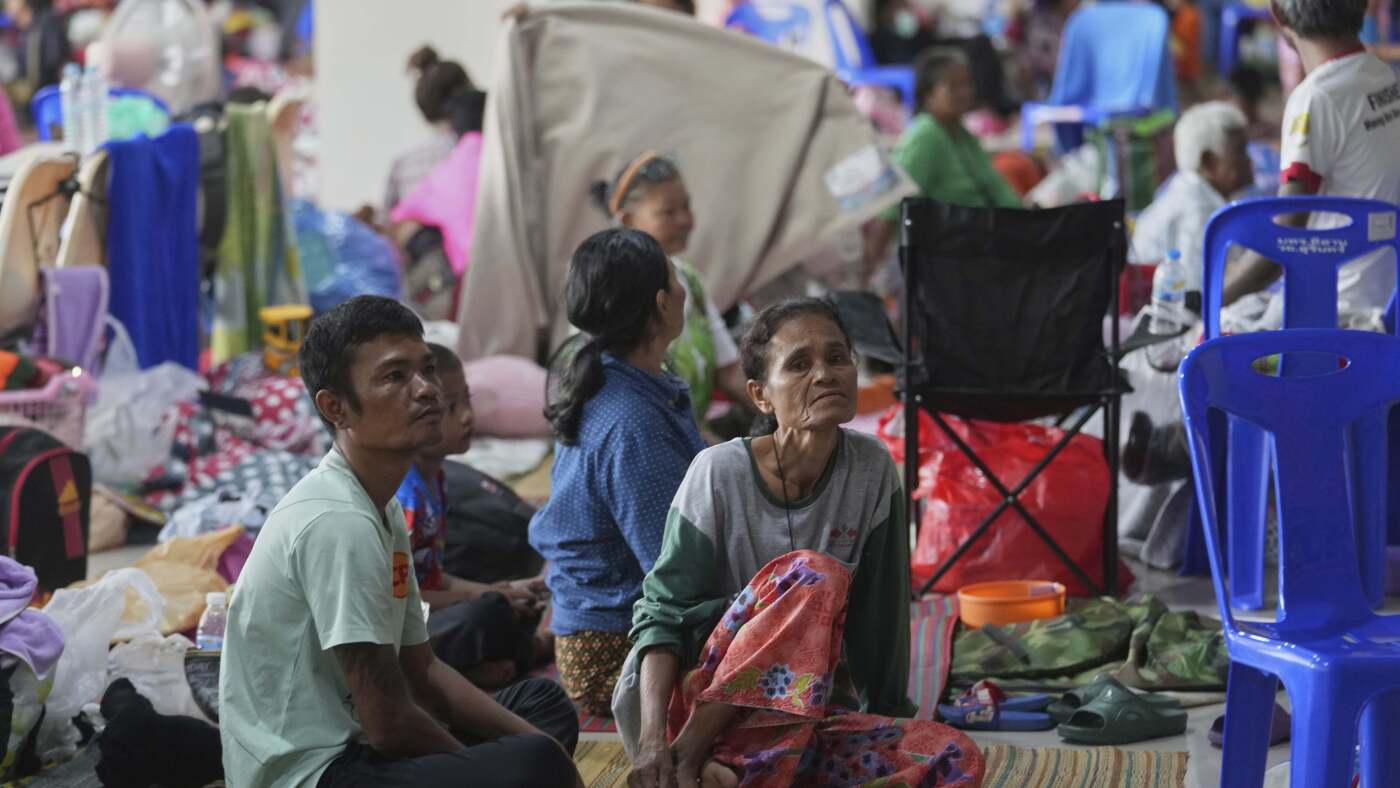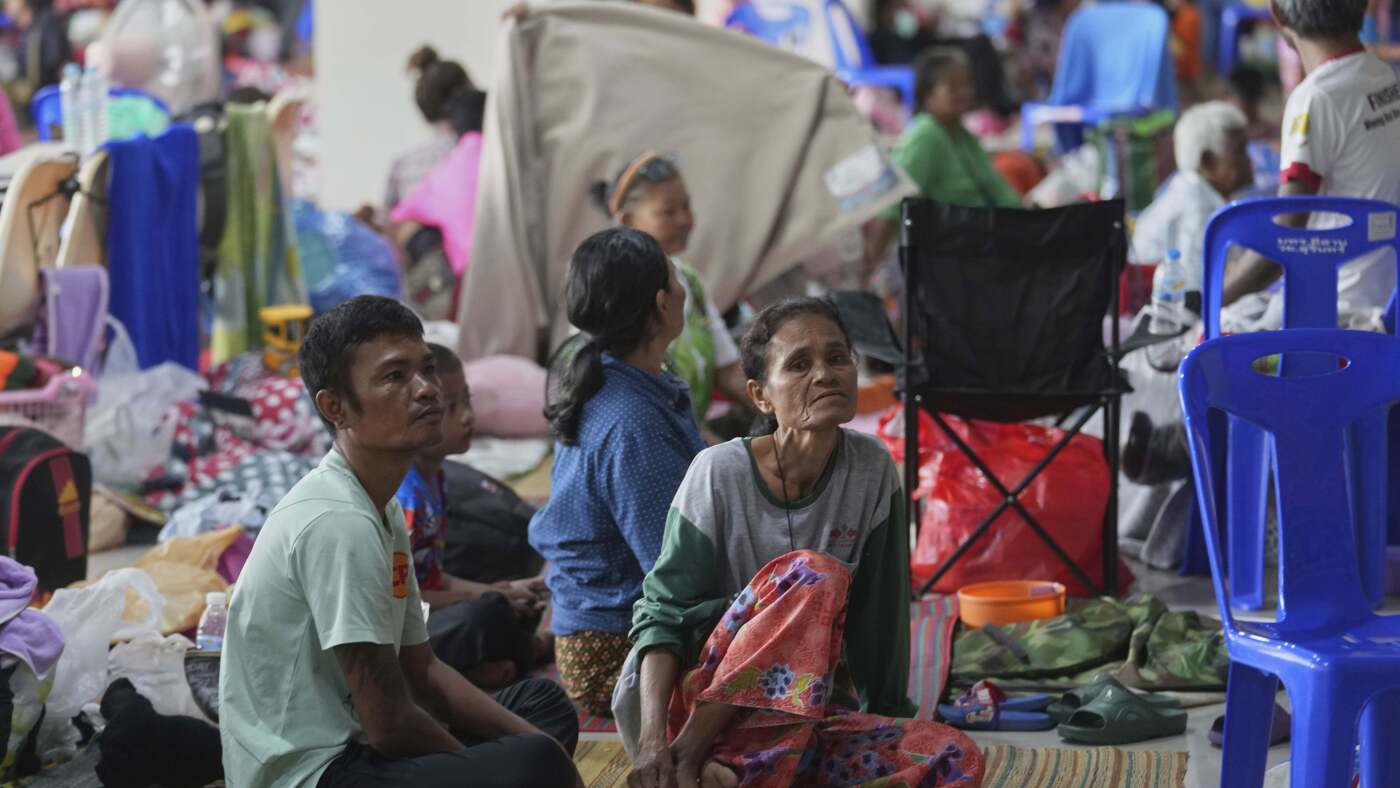The Thai-Cambodian Border Conflict: A Critical Analysis of the Path to Resolution
Introduction: A Tinderbox Ignited
The simmering tensions between Thailand and Cambodia have erupted once again, casting a shadow over regional stability in Southeast Asia. The impending talks in Malaysia, brokered under the watchful eye of international actors, present a critical juncture in the decades-long border dispute. This analysis explores the historical context, the immediate triggers, and the delicate diplomatic dance that could either quell the flames or fan them further.
Historical Roots: A Dispute Steeped in Time
The conflict is not a sudden flare-up but a long-simmering dispute with deep historical roots. The core issue revolves around the Preah Vihear temple, a UNESCO World Heritage site, and the surrounding land. The 1962 ruling by the International Court of Justice (ICJ) awarded the temple to Cambodia but left the demarcation of the surrounding territory ambiguous. This ambiguity has been a persistent thorn in the side of bilateral relations, with both nations claiming sovereignty over the disputed areas.
The temple itself, perched precariously on a cliff overlooking the plains of Cambodia, has become a symbol of national pride for both countries. For Cambodia, it represents a testament to the grandeur of the Khmer Empire. For Thailand, it is a strategic vantage point and a matter of national honor. The unresolved status of the temple and its environs has led to periodic outbreaks of violence, with the latest escalation being one of the most severe in recent memory.
The Immediate Trigger: A Spark in the Tinderbox
The current crisis was ignited by a series of incidents that escalated rapidly. Reports suggest that both sides have accused the other of encroaching on disputed territory, with exchanges of fire becoming increasingly intense. The conflict has resulted in significant casualties and mass displacement, with over 168,000 people forced to flee their homes. The humanitarian impact is severe, with communities caught in the crossfire facing immense hardship.
The narratives from both sides are predictably divergent. Thailand maintains that it is defending its territorial integrity against Cambodian aggression. Cambodia, on the other hand, accuses Thailand of provocation and violation of its sovereignty. This mutual recrimination has made it difficult to ascertain the precise sequence of events that led to the current crisis. However, what is clear is that the situation has reached a boiling point, necessitating urgent intervention.
The Role of External Actors: A Double-Edged Sword
The involvement of external actors, particularly the United States, adds a layer of complexity to the situation. U.S. President Donald Trump’s reported mediation efforts have been instrumental in bringing the parties to the negotiating table. However, the nature and extent of his involvement remain somewhat opaque. The U.S. has traditionally played a role in Southeast Asian security, but direct intervention in a bilateral dispute is less common.
The potential benefits of external mediation are clear. A neutral third party can provide a fresh perspective and help bridge the gap between the two sides. However, there are also risks. The perception of external interference can be a sensitive issue in Southeast Asia, where nations value their sovereignty and independence. Moreover, the involvement of a major power like the U.S. can sometimes complicate rather than simplify the dynamics of the conflict.
Malaysia’s Diplomatic Balancing Act
Malaysia’s offer to host the talks is a strategic move that underscores the importance of regional solutions to regional problems. As a fellow ASEAN member with strong diplomatic ties to both Thailand and Cambodia, Malaysia is well-positioned to act as a neutral facilitator. The choice of Malaysia as the venue is significant, as it reflects a commitment to ASEAN principles of non-interference and consensus-building.
Malaysia’s understanding of the cultural and political nuances of the region is a valuable asset in these negotiations. The country has a long history of playing a mediating role in regional conflicts, and its experience in conflict resolution is well-regarded. However, the task at hand is daunting. The deep-seated mistrust between Thailand and Cambodia, coupled with the high stakes involved, will require deft diplomacy and a willingness to compromise.
Key Players and Their Agendas
The meeting in Malaysia will bring together key figures from both Thailand and Cambodia. On the Thai side, Acting Prime Minister Phumtham Wechayachai will lead the delegation. On the Cambodian side, Prime Minister Hun Manet is expected to be present. These leaders will likely bring to the table distinct agendas and priorities.
Thailand may seek assurances regarding the security of its border regions and guarantees against future provocations. The country has a vested interest in maintaining stability in its border areas, which are crucial for trade and economic development. Cambodia, on the other hand, may focus on securing international recognition of its territorial claims and seeking compensation for damages caused by the conflict. The country has been vocal about its desire to assert its sovereignty and protect its national interests.
The ability of these leaders to find common ground and compromise will be crucial to the success of the talks. Both sides will need to demonstrate a willingness to make concessions and prioritize the well-being of their people over narrow nationalistic interests. This will be no easy task, given the deep-seated historical grievances and the high emotions involved.
Challenges and Opportunities
The upcoming talks face several significant challenges. Deep-seated mistrust between the two countries, fueled by historical grievances and competing territorial claims, will be difficult to overcome. The influence of nationalist sentiments on both sides could also complicate the negotiations. Hardliners within both governments may resist any concessions that could be perceived as a sign of weakness.
However, there are also opportunities for progress. The sheer scale of the recent violence and displacement may create a sense of urgency and a willingness to compromise. The involvement of external actors like the U.S. and Malaysia could also provide additional incentives for both sides to find a peaceful resolution. A successful outcome of the talks could pave the way for enhanced cooperation on border management, trade, and other areas of mutual interest.
Possible Outcomes: A Spectrum of Scenarios
The meeting in Malaysia could yield a range of outcomes, from a complete breakthrough to a complete breakdown. A positive outcome could involve a formal ceasefire agreement, the establishment of a joint border commission, and a commitment to resolving the underlying territorial dispute through peaceful means. This would be a significant step forward and could set a precedent for future conflict resolution in the region.
A less optimistic outcome could involve a temporary cessation of hostilities, without addressing the root causes of the conflict. While this would provide some relief to the affected communities, it would not offer a lasting solution. The risk of renewed violence would remain, and the underlying tensions would continue to fester.
A negative outcome could see the talks collapse altogether, leading to a renewed escalation of violence. This would be a disastrous scenario, with potentially severe consequences for regional stability and the well-being of the affected populations. The international community would likely be forced to intervene more directly, which could further complicate the situation.
The Human Cost: A Reminder of What’s at Stake
Beyond the political and strategic considerations, it’s crucial to remember the human cost of the conflict. The displaced communities, the bereaved families, and the innocent civilians caught in the crossfire bear the brunt of the violence. Their suffering serves as a stark reminder of the urgent need for a peaceful and lasting resolution.
The success of the talks in Malaysia will ultimately be measured by their ability to alleviate this suffering and prevent future tragedies. The leaders of Thailand and Cambodia have a moral responsibility to prioritize the well-being of their people and work towards a solution that brings lasting peace and stability to the region.
Conclusion: A Fragile Hope
The impending talks between Thai and Cambodian leaders in Malaysia represent a fragile hope for peace. The path to resolution will undoubtedly be fraught with challenges, requiring both sides to demonstrate courage, flexibility, and a genuine commitment to dialogue. While the involvement of external actors adds a layer of complexity, it also provides an opportunity for enhanced cooperation and support.
Ultimately, the success of the talks will depend on the ability of the leaders to overcome historical grievances, address the root causes of the conflict, and prioritize the well-being of their people. The world watches with bated breath, hoping that this critical juncture will mark the beginning of a new era of peace and cooperation between Thailand and Cambodia. The stakes are high, and the time for action is now.








